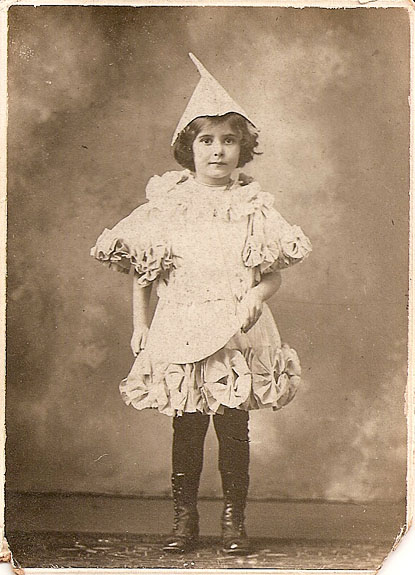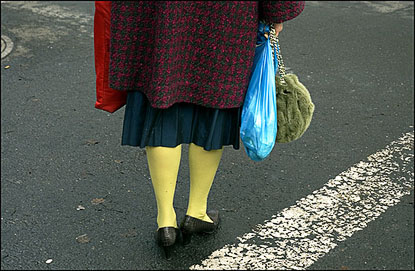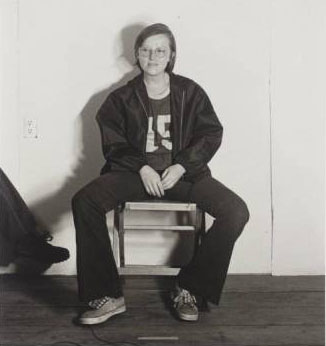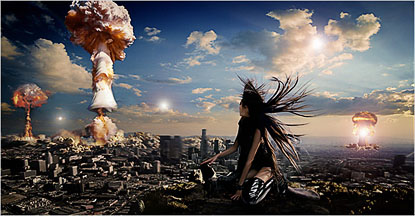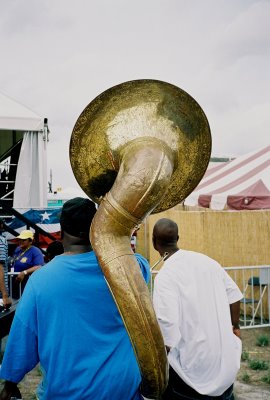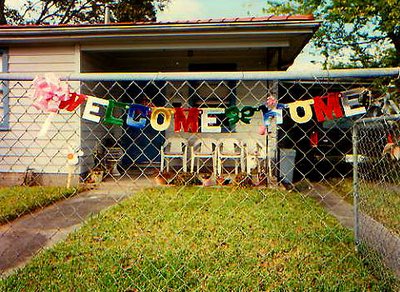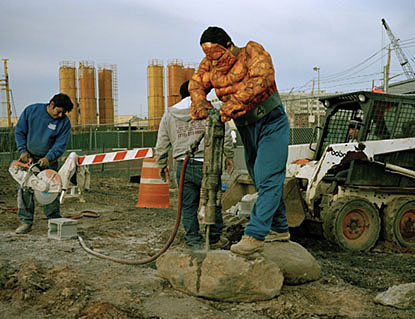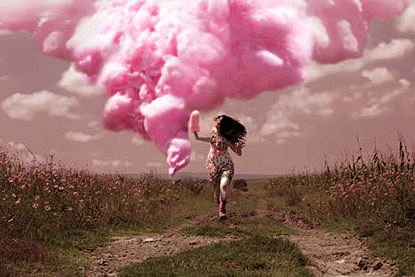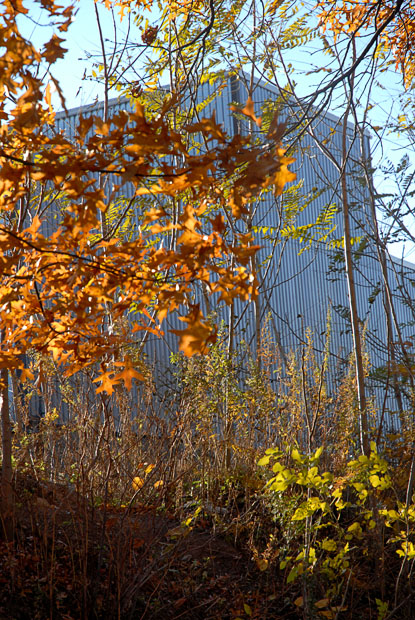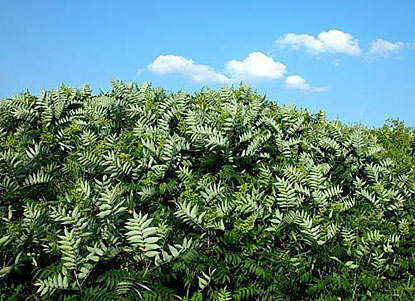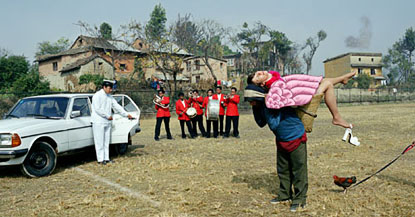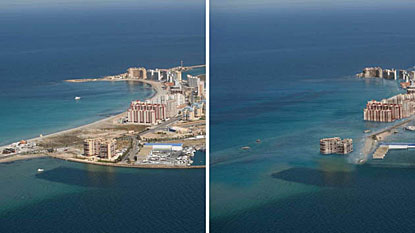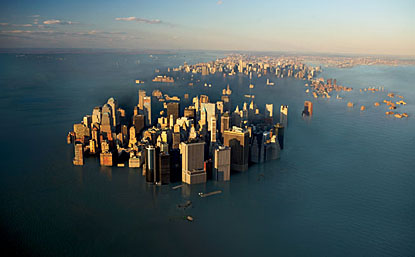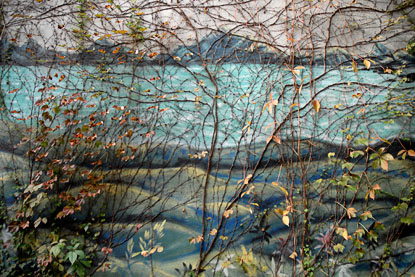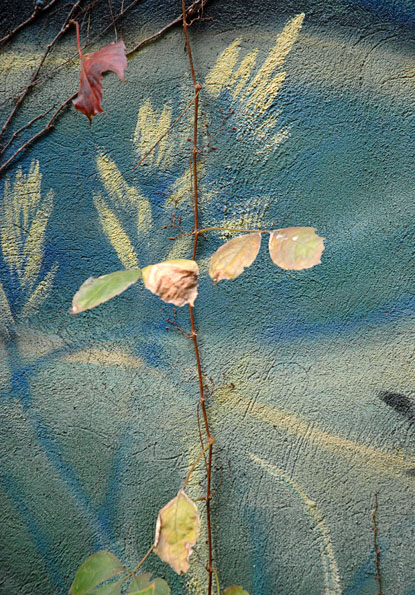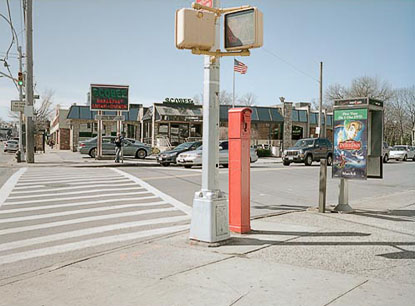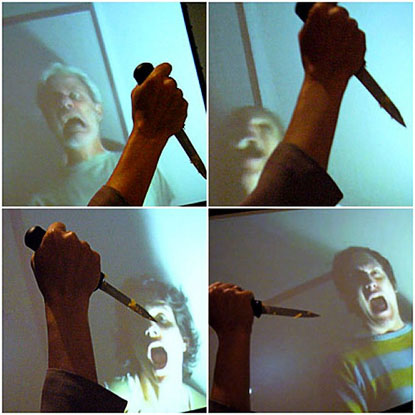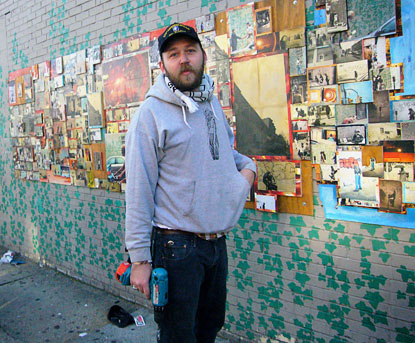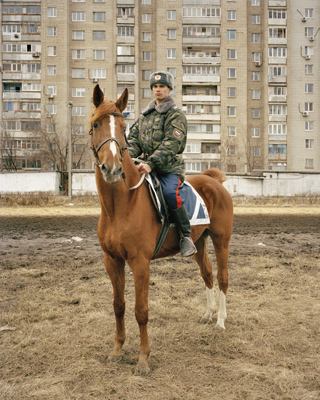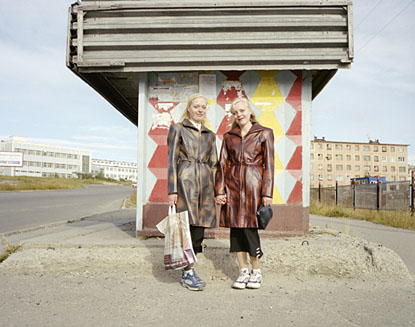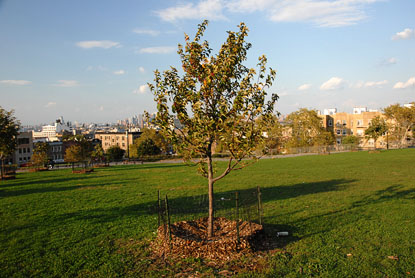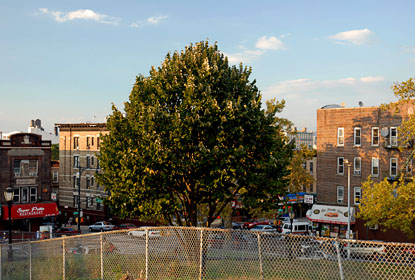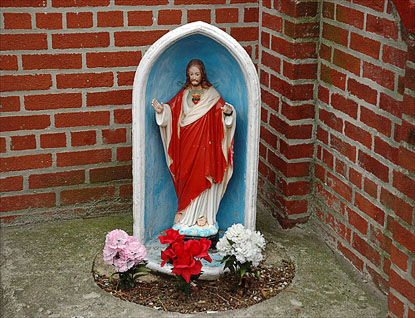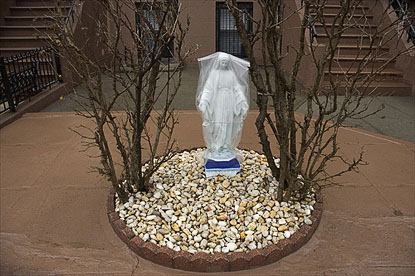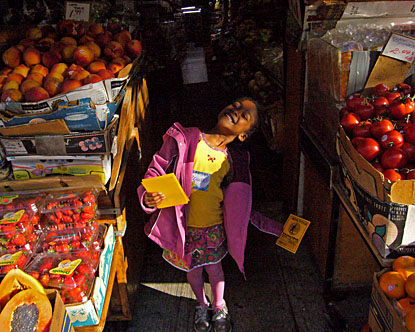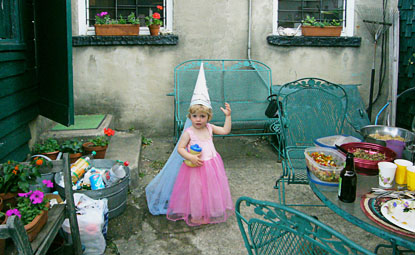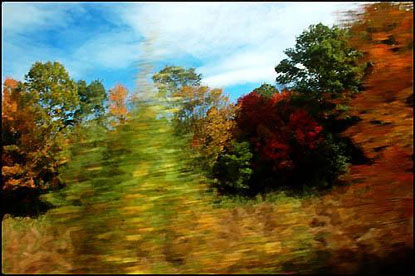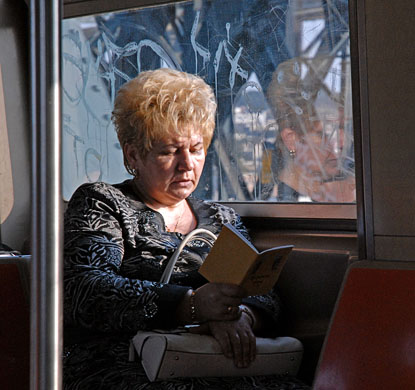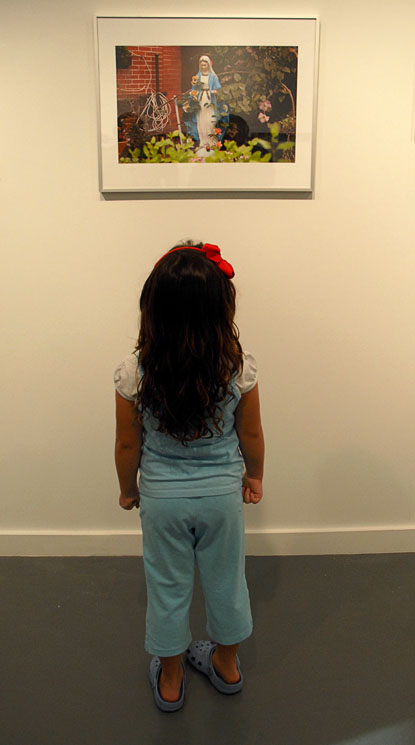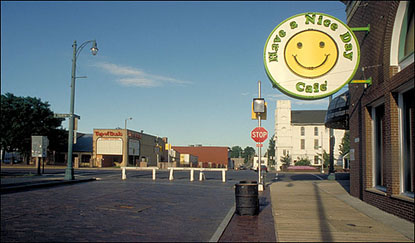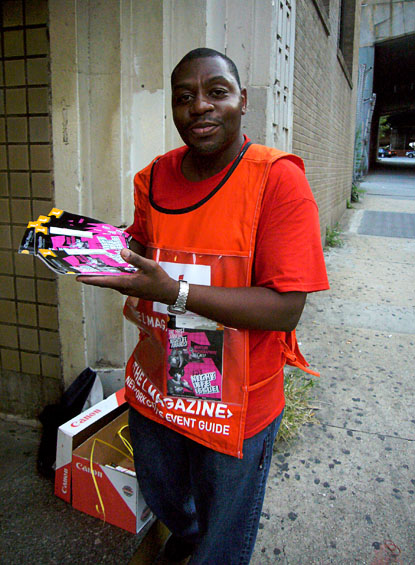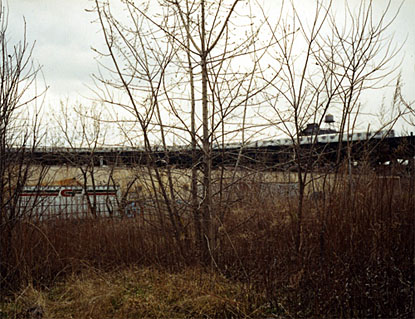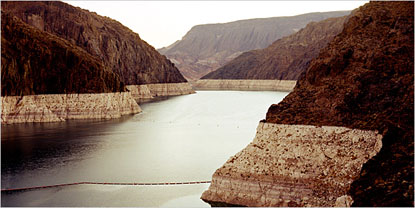 "Lake Mead," Simon Norfolk, All rights reserved
"Lake Mead," Simon Norfolk, All rights reservedSimon Norfolk's cover & spread of photos in Sunday's
NY Times' Magazine lead story,
"Perfect Drought: The Future is Drying Up," masterfully illustrate an important story about dwindling water supplies vs. burgeoning population growth in the American West. But there are no humans in the pictures.
Norfolk generally avoids photographing them unless they -- the actual people -- are his specific subject. He explains in an
interview with Geoff Manaugh in BLDGBLOG why so many of his pictures are unpopulated: "...I think people kind of gobble up the photograph. They become what the photograph is... So I've always tried to pull people out of the pictures – and, if they're in my pictures, it's usually because they represent an idea, really. I think if you're going to talk about Dave, or Bob, or Wendy, you have to do it properly. You either do it properly or you don't do it at all. "
 "The Israeli destruction of Lebanon," Simon Norfolk, All rights reserved.
"The Israeli destruction of Lebanon," Simon Norfolk, All rights reserved. The people are not absent because Norfolk is unconcerned. He's a passionate -- & explicitly political -- photographer who has spent a great deal of time in complicated, dangerous places, including recent stints in Afghan & Iraqi combat zones. In fact, he's the exact opposite of a highly aestheticized, conceptual artist; he's furiously intent on making a difference in the world. But not as a photojournalist. Norfolk rejects the prevailing ethos of chasing after the action with a digital SLR. Instead he hauls around a heavy wooden large-format camera & makes very still, very beautiful images.
 "The illegal Jewish settlement of Gilo, a suburb of Jerusalem, Simon Norfolk, All rights reserved.
"The illegal Jewish settlement of Gilo, a suburb of Jerusalem, Simon Norfolk, All rights reserved.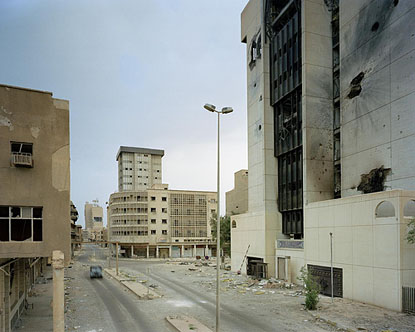 "Rashid Street in central Baghdad," Simon Norfolk, All rights reserved.
"Rashid Street in central Baghdad," Simon Norfolk, All rights reserved.“I didn't get fed up with the
subjects of photojournalism," he explains. "I got fed up with the
clichés of photojournalism... Photojournalism is a great tool for telling very simple stories. '
Here's a good guy. Here's a bad guy. It's awful'. But the stuff I was dealing with was getting more and more complicated – it felt like I was trying to play Rachmaninoff in boxing gloves…
“I'm not down on photojournalism – it does what it does very well – but its job is to offer all its information instantly and immediately. I thought the fact that this place in Afghanistan – this ruin – actually looks a little like Stonehenge: that interested me..."
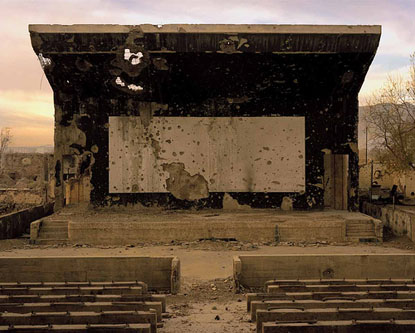 "Bullet-scarred outdoor cinema at the Palace of Culture in the Karte Char district of Kabul," Simon Norfolk, from Afghanistan: Chronotopia
"Bullet-scarred outdoor cinema at the Palace of Culture in the Karte Char district of Kabul," Simon Norfolk, from Afghanistan: ChronotopiaNorfolk is interested in ruins both visually & as metaphors. He finds them most often in structures, sometimes in entire shattered landscapes. The ruins in his pictures have usually been bombed or otherwise damaged in war. As viewers, we sense that the locations may actually teem with people, yet they're strangely empty. The light is often soft & ethereal, as though the dirty world has been newly washed & purified for Norfolk's lens.
Norfolk explains "... a lot of the artistic ideas that I'm drawing on partly come out of the photography of
ruins. When I was in Afghanistan photographing these places – photographing these ruins – I started looking at some of the very earliest photojournalists, and they were
ruin photographers..."
"Those photographers" (he mentions early war photographers
Matthew Brady &
Roger Fenton) "were, in turn, drawing upon ideas from 17th century and 18th century French landscape painting – European landscape painting.
Claude Lorraine.
Nicolas Poussin. Ruins have a very particular meaning in those pictures. They're about the folly of human existence; they're about the foolishness of empire... the greatest empires that were ever built – the empire of Rome, the Catholic church – these things have fallen down to earth. They all fall into ivy eventually. "
Ruins were also a preoccupation of the Romantics. The poets
Percy Bysshe Shelley (of
Ozymandias fame) and
John Keats were inspired by Europe's greatest ruin, the city of Rome, especially the Appian Way, lined with crumbling Roman palaces & villas so grand they resisted the depredations of man & nature for more than 1,000 years. In the late Romantic period wealthy Europeans built extravagant, useless structures on their estates -- often designed at the outset to be partially ruined -- called
"follies."So what makes Norfolk's ruins different? For one thing they don't represent the subjugation of Man to the Sublime in Nature as they did to the Romantics. They represent the subjugation of men to other men in war. Norfolk reminds us, "Anybody interested in the effects of war quickly becomes an expert in ruins." Looking at them -- as
aftermath -- goes beyond the catharsis of human identification with war's futility & loss. Outside time, the photos suggests something even darker -- that war is larger than human concerns. It may even be beyond human control.
It may only end if we utterly remove ourselves from the planet.
Norfolk has also become an expert on the machines, weapons & technological systems that could make the wars of tomorrow different from anything we've seen in the past. Far from war zones he has , in recent years, done incomparable essays on
national security technology on Ascension Island and on all-powerful
supercomputers . He makes it clear that to him these "objects" -- along with the rest of the world's more & more sophisticated doomsday arsenal --represent a brand new & infinitely frightening face of the same old demon.
"It ends up being like a relationship with the sublime – a military sublime," Norfolk says. "All of the work I'm doing, I might even call it: 'Toward a Military Sublime.' Because these objects are beyond: they’re inscrutable, uncontrollable, beyond democracy."
